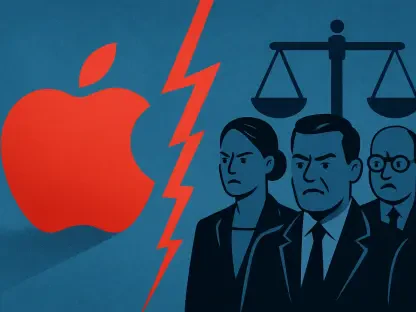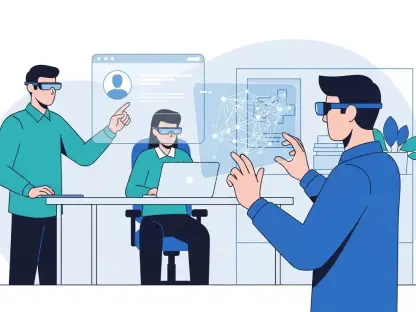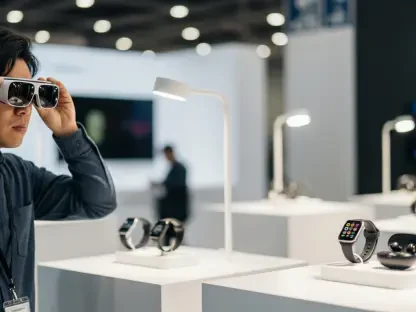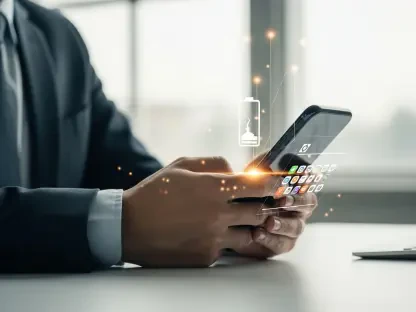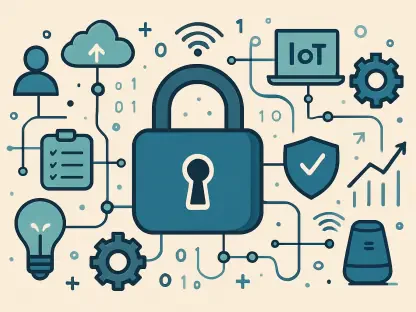In recent years, gadgets and mobile devices have become an integral component of the modern workplace. From smartphones and tablets to laptops and wearable devices, technology has revolutionized how we work, allowing us to stay connected and productive no matter where we are. While these devices offer many benefits, there are also significant drawbacks to relying too heavily on them in the workplace.
In this article, we will explore the primary drawbacks of gadget and mobile device dependence and discuss strategies for mitigating these issues.
Distraction and Reduced Productivity
It’s vital to remember that gadgets and mobile devices are tools, not solutions in and of themselves. While they make our lives easier and more connected, they can also be a source of distraction, stress, and even addiction. By approaching these tools with mindfulness and intentionality, we can maximize their benefits while minimizing their drawbacks, creating a work environment that is both technologically advanced and socially and emotionally connected.
In addition, gadget and mobile device dependence is the potential for distraction and reduced productivity. With notifications and alerts constantly buzzing, beeping, and flashing, Americans check their phones around 352 times a day. Additionally, the temptation to check social media or engage in other non-work-related activities can lead to unproductivity, especially when stress levels are high or boredom sets in.
To mitigate this issue, establish clear boundaries around device use in the workplace. This may involve setting specific times for checking email or social media, or limiting the use of certain devices or apps during office hours. Employers can also implement policies and procedures that encourage employees to stay focused and limit distractions, such as allowing for periodic breaks or providing designated spaces for focused work.
Physical and Mental Health Issues
Another potential drawback of gadget and mobile device dependence is the impact on physical and mental health. Spending long hours staring at screens can lead to eye strain, headaches, and neck and shoulder pain. Additionally, the blue light emitted by electronic devices can interfere with sleep patterns, leading to fatigue and reduced cognitive performance.
To solve these problems, it’s critical to take frequent breaks and engage in activities that promote physical and mental well-being, such as:
- Taking walks
- Practicing mindfulness or meditation, or;
- Stepping away from the screen for a few minutes every hour.
Security and Privacy Risks
A third challenge of gadget and mobile device dependence is the potential for security and privacy risks. As these technologies often store sensitive data and confidential information, the risk of data breaches, hacks, and other cyber threats is high. Additionally, the use of personal devices for work-related activities can blur the line between personal and professional data, leading to potential conflicts and breaches of privacy.
A solution to these risks is to implement optimized security protocols and policies that prioritize data protection and privacy. To achieve this, organizations can employ these measures:
- Use encryption or other security tools to protect sensitive information.
- Establish clear guidelines around personal devices for work-related activities.
- Provide training and education around best practices for cybersecurity and data protection.
Social and Emotional Disconnect
Finally, the reliance on gadgets and mobile devices in the workplace can also lead to social and emotional disconnect. Face-to-face interactions and human connections are more commonly replaced by digital communications and virtual meetings. This can lead to feelings of isolation and disengagement and can impact team morale and cohesion.
Organizations can avoid these drawbacks by prioritizing human connections and interpersonal relationships in the workplace. This includes scheduling regular team-building activities or encouraging in-person meetings and interactions whenever possible. Additionally, the use of video conferencing tools can help bridge the gap between virtual and in-person communications, allowing for more meaningful and engaging interactions.
Conclusion
While gadgets and mobile devices offer many benefits in the workplace, there are also significant drawbacks to relying too heavily on these tools. From distraction and reduced productivity to physical and mental health issues, security and privacy risks, and social and emotional disconnect, there are numerous potential pitfalls of gadget and mobile device dependence.
To solve these challenges, establish clear boundaries around device usage, prioritize physical and mental well-being, implement optimized security protocols and policies, and prioritize human connections and interpersonal relationships in the workplace. By doing so, employees and employers can strike a healthy balance between the benefits and drawbacks of technology in the workplace, creating a more productive, efficient, and fulfilling work environment for all.


